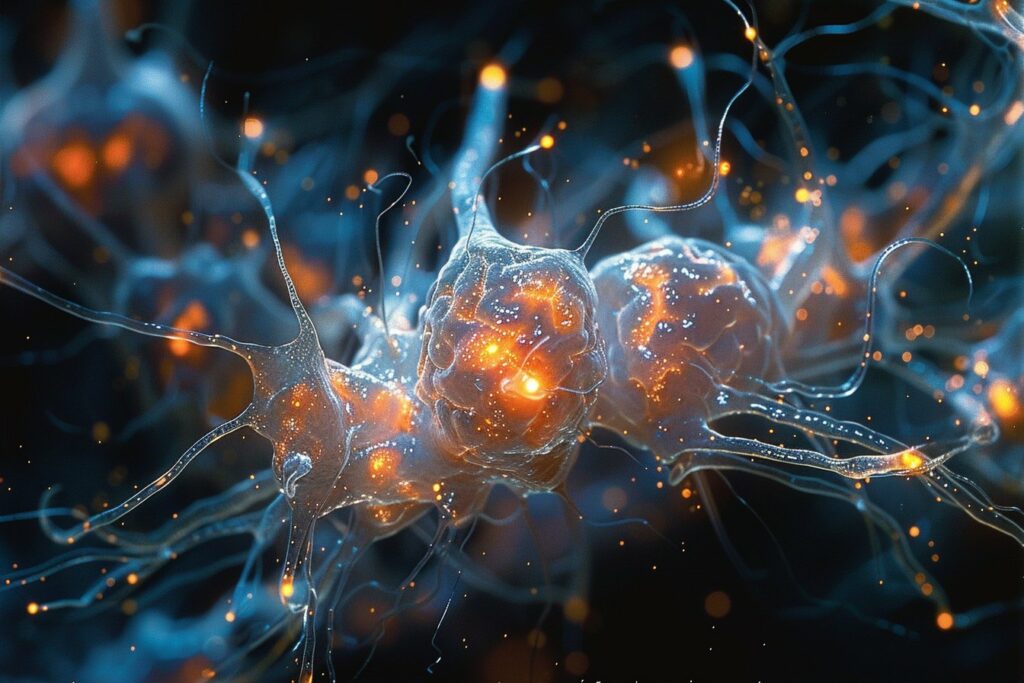Demystifying the Two Different Types of Muscle Memory
Muscle memory, a term commonly used in reference to learned movements being executed with ease, is actually not as straightforward as it may appear. Contrary to popular belief, muscle memory has two distinct forms – neurological and physiological. Knowing the difference between these types is essential to understanding how our bodies retain and recall specific actions.
Neurological Muscle Memory: A Journey into the Central Nervous System
The neurological form of muscle memory likely aligns with most people’s understanding of the term. Whether it’s recalling an old song on the piano or riding a bicycle effortlessly even after years of inactivity, this type of muscle memory involves motor learning within the central nervous system. Once you have practiced and perfected an action, your brain and muscles communicate efficiently, enabling precise and error-free movement.
Physiological Muscle Memory: Regrowth for Enhanced Performance
The lesser-known physiological form of muscle memory refers to the actual regrowth of muscle tissue following periods of disuse or injury. When you exercise and strengthen your muscles, nuclei are added to the muscle fibers, facilitating growth. If you cease exercising, the muscle mass decreases, but those nuclei remain. This means that when you return to training, your muscles can grow back at an accelerated rate due to the retained nuclei, giving you an edge in terms of performance enhancement.
Practical Applications of Muscle Memory for Athletes and Fitness Enthusiasts
Incorporating the science behind muscle memory into one’s training routine may lead to improved results and greater motivation in various physical activities. Here are some practical applications to consider:
- Consistent practice: By frequently practicing specific movements, one is more likely to reap the benefits of neurological muscle memory, making it easier to replicate those motions with ease.
- Focused training: Concentrating on perfecting new or complex action sequences may involve breaking down the sequence into smaller components and gradually increasing the complexity, allowing for smoother integration of the entire movement. This approach trains the neural pathways responsible for efficient, fluid performance.
- Cross-training: Incorporating multiple types of exercises can enhance overall athleticism and reduce the risk of injury. Through cross-training, the learning curve associated with muscle memory can be leveraged in various physical domains.
Muscle Memory’s Potential Role in Rehabilitation and Recovery
The physiological aspect of muscle memory offers promising opportunities in rehabilitation and recovery following injury or prolonged periods of inactivity. Embracing this concept might result in improved outcomes, as well as motivation and confidence during the healing process. Here are a few key areas within the realm of therapy and recovery where muscle memory can play a significant role:
- Injury recovery: After a period of rest due to injury, initially resuming the activity at a lower intensity and gradually building back up allows your muscles to capitalize on the retained nuclei, facilitating faster regrowth of the tissues and avoiding re-injury.
- Prevention of muscle loss: During unavoidable breaks from exercise or activity, incorporating low-intensity exercises or movements similar to the main activity may help retain the acquired muscle memory, thus minimizing muscle mass loss and easing the return to the original routine.
- Athletic comebacks: For athletes returning to activity after a long period of absence, the knowledge that their body holds physiological muscle memory can provide both motivation and confidence in regaining former strength and performance levels more quickly than previously imagined.
Muscle Memory: More Than Meets the Eye
In conclusion, muscle memory consists of not one but two fascinating forms, each with its unique characteristics and applications. Understanding these principles – neurological muscle memory pertaining to motor learning, and physiological muscle memory involving muscular regrowth – may be transformative when it comes to one’s approach to physical fitness, sports performance, and injury recovery. Implementing appropriate strategies based on this knowledge could result in enhanced performance, faster progress, and a stronger body-mind connection.
Please note: Always consult your doctor before beginning any new exercise program.

